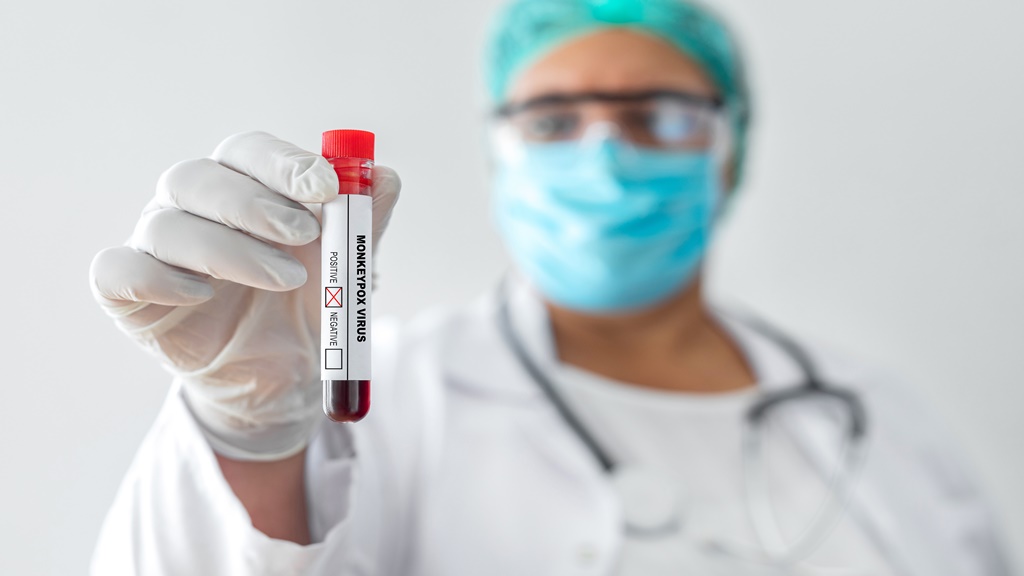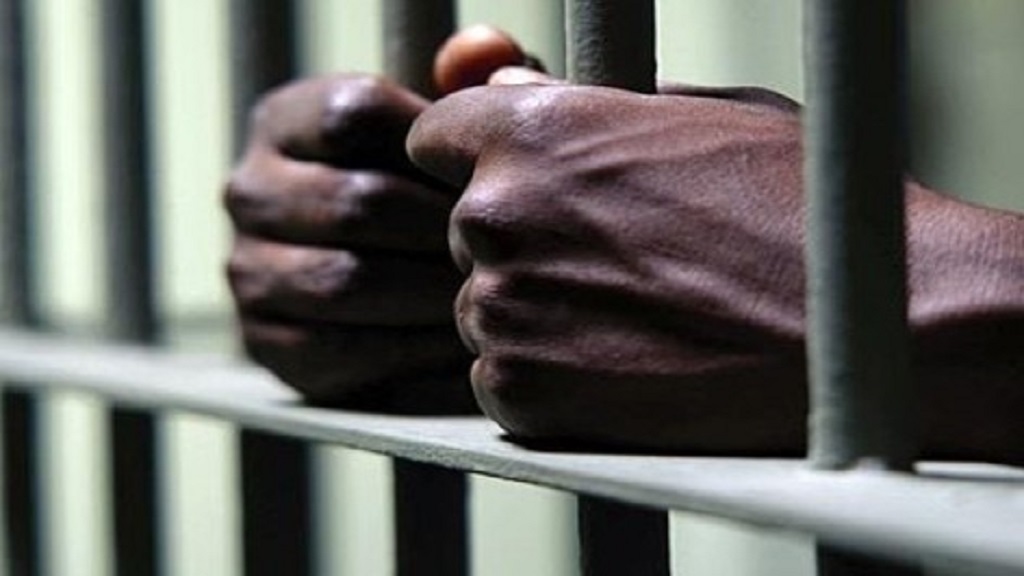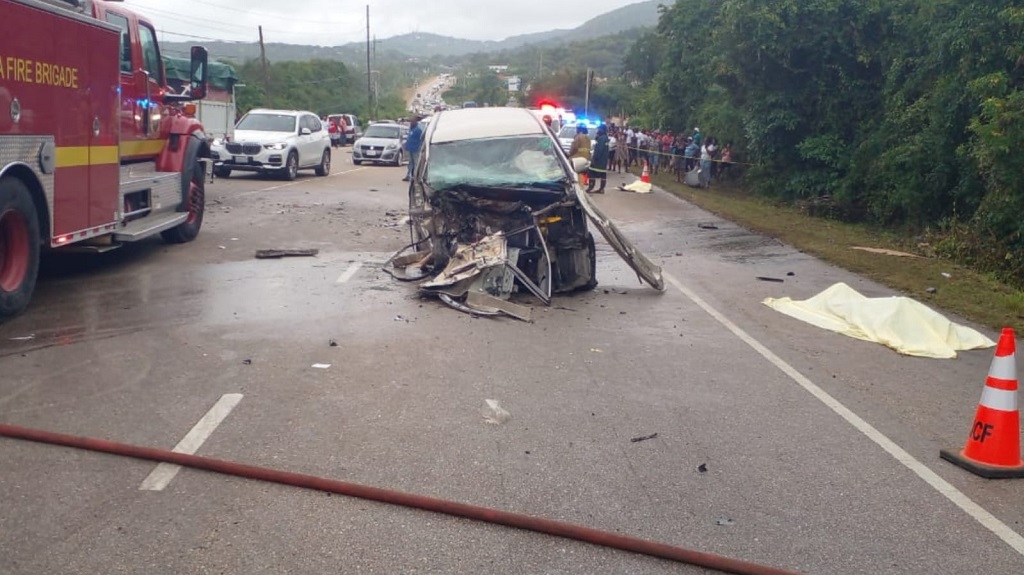With the monkeypox vaccine being in high demand and available doses being gobbled up by wealthy countries, Jamaica is set to receive just 3,500 doses by month-end.
Minister of Health and Wellness, Dr Christopher Tufton provided the update during Tuesday’s sitting of the House of Representatives. He said the acquisition is being facilitated through collaboration with the Pan American Health Organisation (PAHO) which announced this week that it has secured 100,000 doses from the Danish manufacturers.
“We are advised that the manufacturers of the smallpox vaccine that has been shown to be effective in protecting persons from moneypox has supplied limited amounts to the market and, as such, only approximately 3,500 doses of the vaccine have been promised to us. It is to be noted that we may not receive this amount, as the supply of the vaccine is in high demand with very limited supply,” Tufton said.
He said that in order to maximise the use of the vaccine and achieve the objectives of containment, Cabinet has given approval for administering the vaccine in this phase, as a post-exposure prophylaxis.
“The vaccine, once in country, will be administered only to persons who come into close contact with a diagnosed patient. These persons would include healthcare workers involved in direct care of monkeypox patients… and household contacts of confirmed cases, to include sexual partners,” Tufton explained
He added that once the country receives more doses of the vaccine, the prioritisation method will be refined, and the public will be advised.
“We have been advised by PAHO that it is not anticipated that additional doses will be made available to Jamaica before 2023,” the minister disclosed.
Meanwhile, PAHO Director, Dr Carissa Etienne, said the organisation is finalising arrangements for the acquisition of the 100,000 doses of the monkeypox vaccines from biotechnology firm Bavarian Nordic, for distribution to Latin American and Caribbean member countries.
Etienne said PAHO secured an agreement through its Revolving Fund facility, with Bavarian Nordic, which is headquartered in Hellerup, Denmark. She said this followed requests from member countries for support in accessing doses, which were made during a special session of the PAHO Directing Council in August, noting that 12 such were submitted.
“We are receiving the final logistical details, such as estimates for freight and insurance, and the deliveries will be prioritised based on the epidemiological situation in countries. So partial delivery to countries that requested will start, now, in September… making our region the first World Health Organisation (WHO) region to make monkeypox vaccines available to member states,” Etienne further informed.
“Our effort will permit countries in this region to access the vaccine, even in small quantities, which would not have been possible otherwise,” she added.
The director was speaking during PAHO’s digital media briefing on September 7 where she noted that the region of the Americas has the unenviable distinction of recording the highest number of confirmed monkeypox cases globally, since the WHO declared the disease a health emergency of international concern in July.
“As of September 6, over 30,000 monkeypox cases have been reported in the Americas, with most cases concentrated in the United States of America, Brazil, Peru and Canada. Thus far, most confirmed cases are among men… although at least 145 cases have been reported in women, and 54 cases among people under the age of 18,” she told journalists.
Additionally, the director said four monkeypox-related deaths have, so far, been reported in Brazil, Cuba and Ecuador.
Monkeypox is a rare disease resulting from infection by the monkeypox virus. The monkeypox virus is a zoonotic disease and is part of the family of viruses known as variola virus, which causes smallpox.
The symptoms are similar to those characteristic of smallpox, but milder; monkeypox is deemed rarely fatal.
The signs and symptoms associated with the disease include fever, chills, intense headache, extreme exhaustion, muscle and backaches, swollen lymph nodes and a rash that usually appears one to three days after the onset of the fever.










